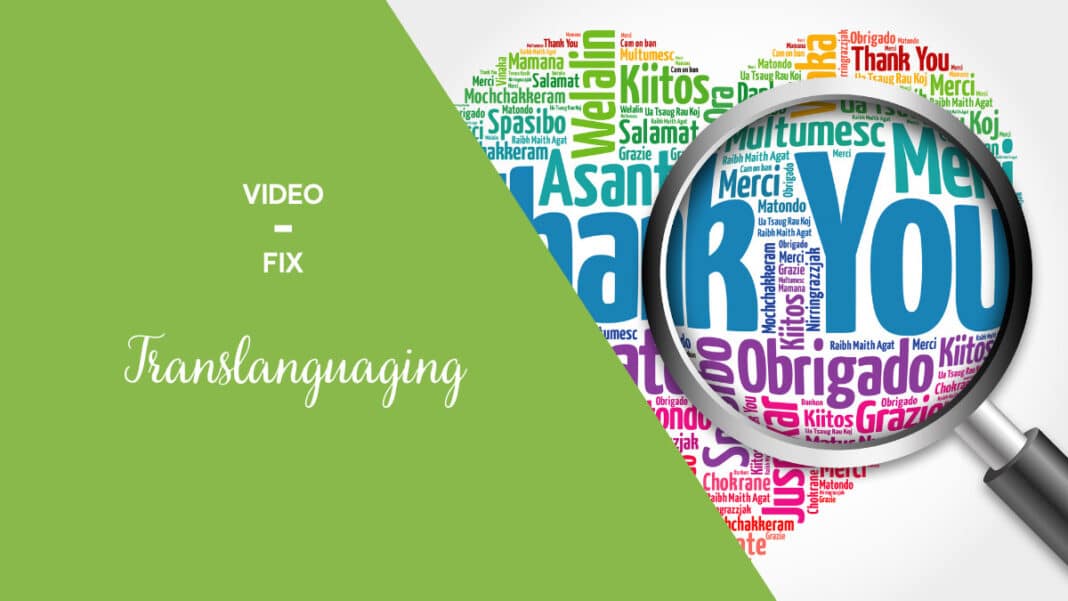If you can sprechen several langues, you certamente do this from time zu Zeit. Yes, we are talking about translanguaging, a thought-provoking linguistic phenomenon. According to Ofelia García, translanguaging is the act performed by bilinguals who use different linguistic features in order to discover their communicative potential to a full extent!
Due to globalization, millions of people across the world have found friends from different countries and cultures. Even if English is your lingua franca in an intercultural circle of friends, you might occasionally use “Si” instead of “Yes”, or “De nada” or “Bitte schön” instead of “You’re welcome”, as this refreshes conversation to a great extent! However, while being a constructivist pedagogy, translanguaging goes far beyond mindless daily chats. Translanguaging might be a powerful instrument for language learning in a bilingual or multilingual classroom. Strict language policies, separating minority and majority languages, might have a negative impact on the classroom atmosphere. Translanguaging offers an ultimate solution for everyone by employing the full linguistic repertoire of all pupils in the classroom and encouraging linguistic diversity. Translanguaging pedagogy intends to build the bridge between the home language and the second language. In fact, translanguaging makes us realise that we live in a multilingual world, and it reveals our full linguistic repertoire.
Watch the video to find out more about translanguaging strategies in the classroom. Have fun!
References:
García, O., 2009. Education, multilingualism and translanguaging in the 21st century. In: A. Mohanty, M. Panda, R. Phillipson and T. Skutnabb-Kangas, ed., Multilingual education for social justice: globalising the local. New Delhi: Orient BlackSwan, pp.128-145.
García, O., 2014. Countering the dual: Transglossia, dynamic bilingualism and translanguaging in education. In: O. García and W. Li, ed., Translanguaging: Language, Bilingualism and Education. Palgrave Macmillan, pp.100-118.

Written by Olena Khomiakova, Schuman Communication Trainee Terminology Coordination Unit. Currently she is enrolled as a Master student in Learning and Communications in Multilingual and Multicultural Contexts at the University of Luxembourg.

